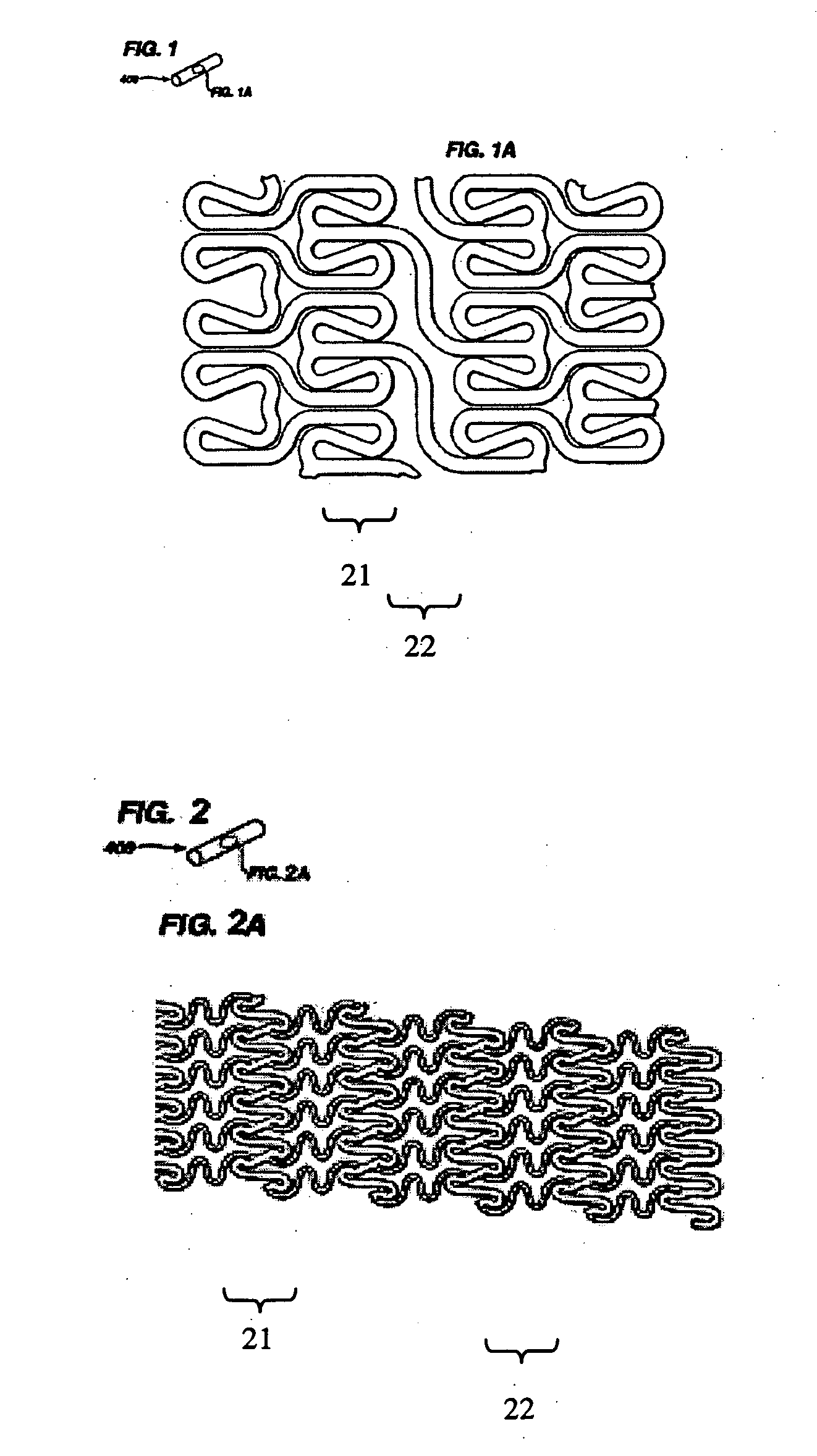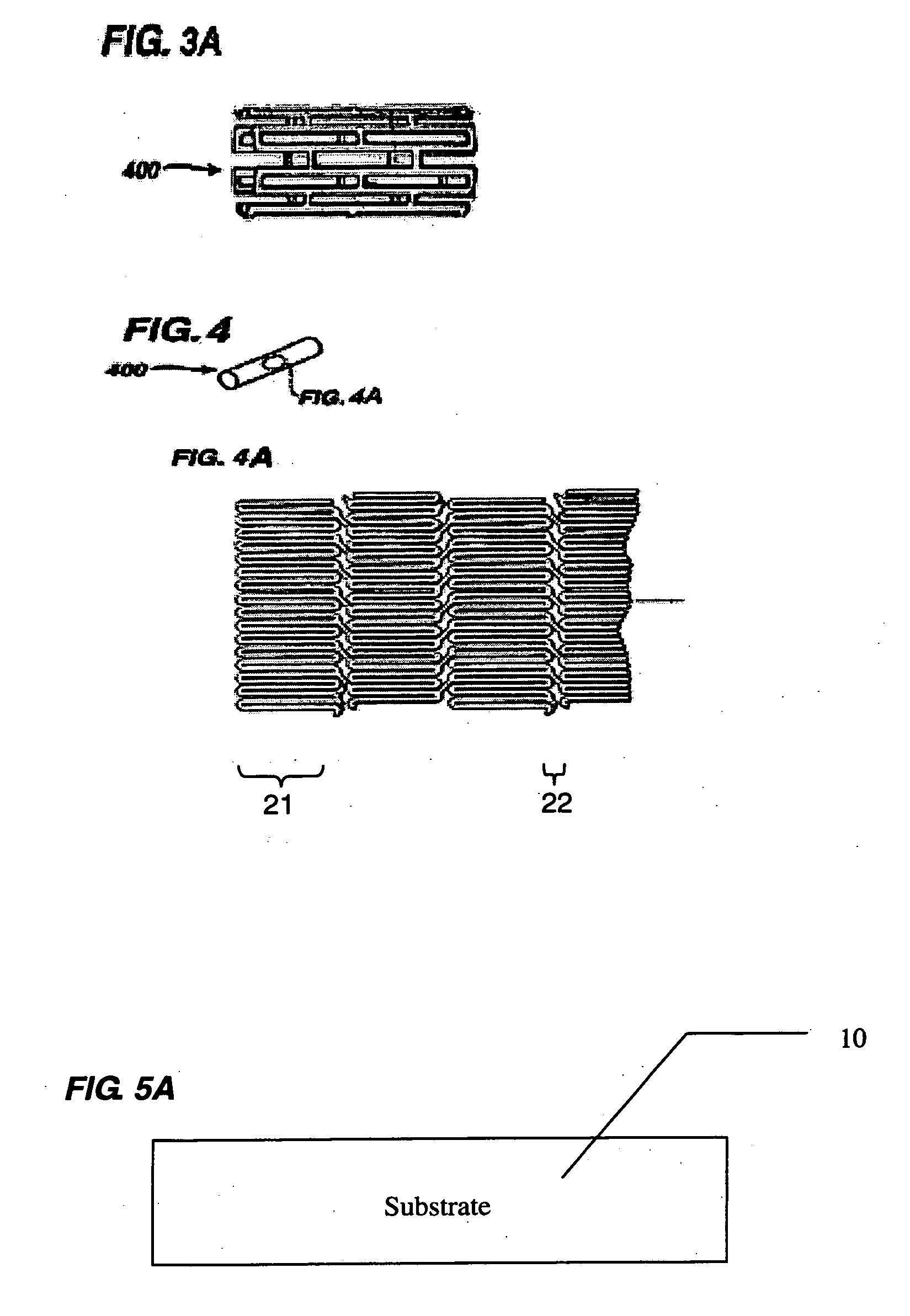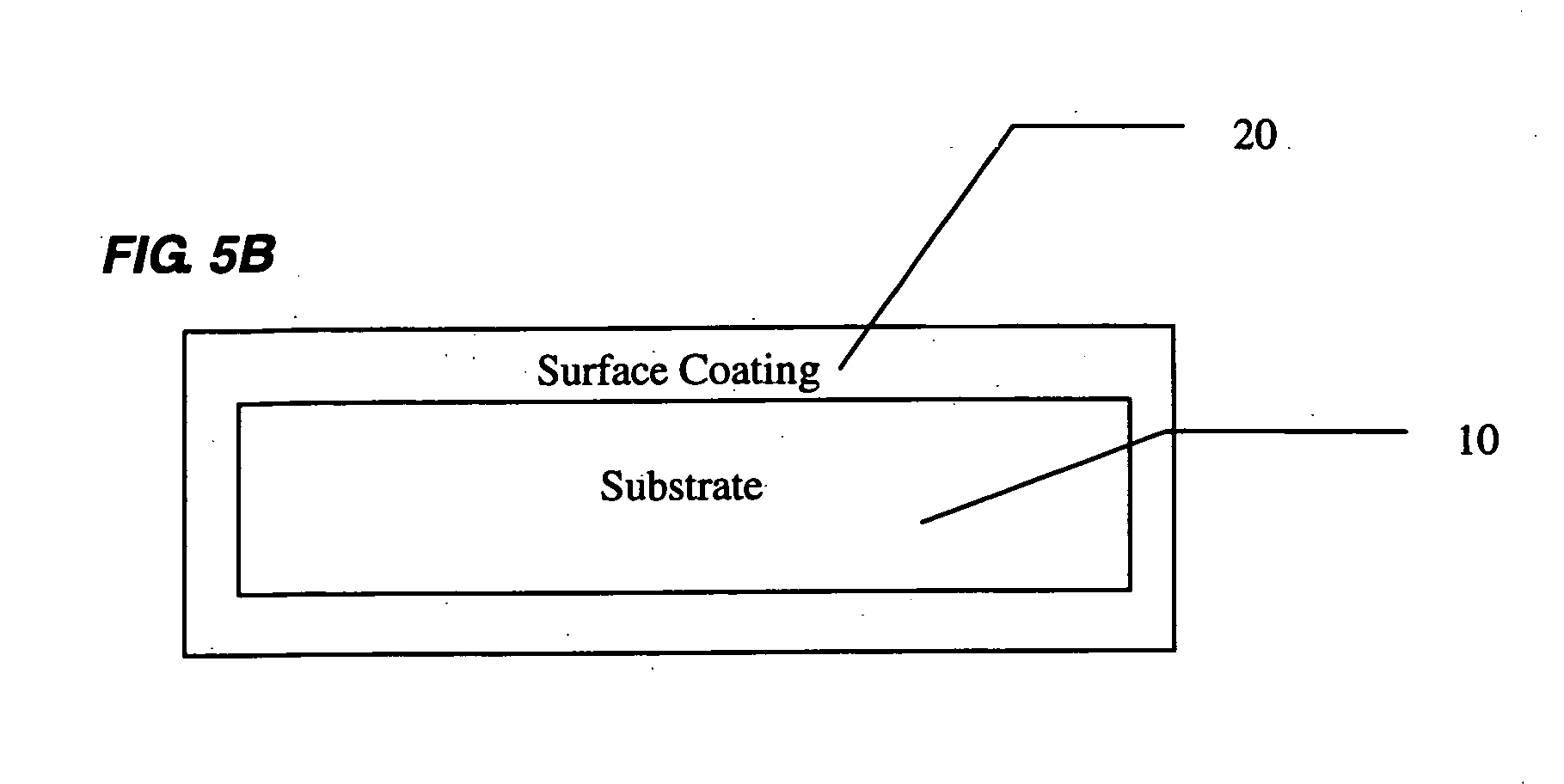Biodegradable medical devices with enhanced mechanical strength and pharmacological functions
- Summary
- Abstract
- Description
- Claims
- Application Information
AI Technical Summary
Benefits of technology
Problems solved by technology
Method used
Image
Examples
Embodiment Construction
[0022] As used herein, biodegradable is meant to mean biodegradable, bioerodible, and / or bioresorbable. In this fashion, a biodegradable material may degrade, resorb, or erode through either a bulk mechanism of action, surface mechanism of action, or combination of the two.
[0023] In accordance with an exemplary embodiment of the present invention the proposed biodegradable polymers and bioglass and / or bioceramics blends require a fine suspension of bioglass or bioactive ceramic particles in polymer solutions for processing, or alternately a fine mixture of the two for extrusion and injection molding processes. The mechanical properties of the blends are a function of the ratio between the two materials. Thus the mechanical properties may be tuned as a result of varying the ratio between the materials. Having a greater percentage of biodegradable polymers relative to bioactive ceramic particles may allow for improved mechanical properties while maintaining acceptable biodegradation ...
PUM
| Property | Measurement | Unit |
|---|---|---|
| Strength | aaaaa | aaaaa |
| Biodegradability | aaaaa | aaaaa |
| Radiopacity | aaaaa | aaaaa |
Abstract
Description
Claims
Application Information
 Login to View More
Login to View More - R&D
- Intellectual Property
- Life Sciences
- Materials
- Tech Scout
- Unparalleled Data Quality
- Higher Quality Content
- 60% Fewer Hallucinations
Browse by: Latest US Patents, China's latest patents, Technical Efficacy Thesaurus, Application Domain, Technology Topic, Popular Technical Reports.
© 2025 PatSnap. All rights reserved.Legal|Privacy policy|Modern Slavery Act Transparency Statement|Sitemap|About US| Contact US: help@patsnap.com



